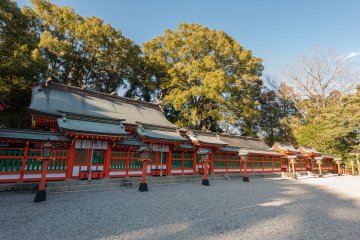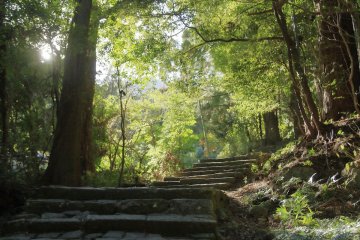
Kumano Hayatama Taisha
Kumano Hayatama Taisha is a Shinto shrine in Shingu, Wakayama. It is located at the mouth of the Kumano-gawa River, where the water flows from the heights of the Kii Mountains into the vastness of the Pacific Ocean. The Kumano Hayatama Taisha Shrine was included in the UNESCO list of "Holy Places and Pilgrimage Routes in the Kii Mountains" as part of the Kumano Sanzan. Together with the other two shrines, Hongu Taisha and Nachi Taisha, Hayatama Taisha occupies an important place in Japanese mythology. Religious artifacts that date back to the 3rd century testify that the area has been a place of worship for much longer. In fact, a Shinto creation myth claims that three Kami (Shinto deities) descended to earth on a rock not far from the shrine.

/135.98276138306,33.722180179098,9/397x132?access_token=pk.eyJ1IjoiamFwYW50cmF2ZWxtYXBzIiwiYSI6ImNqbXBtOXYxbDB5Z3ozbHFrazJuYWMwOGYifQ.v15fy_mcFWtgopmz8PhwqA)
